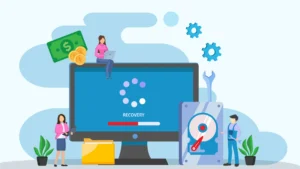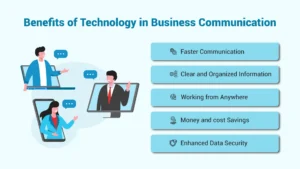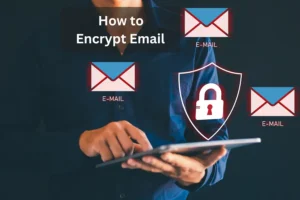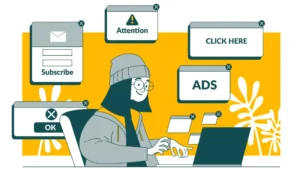With everything we do online, it’s impossible to remember all the passwords you need for a web site. So what do most people do? They use one of the following five “workarounds” that make them an easy target for cybercriminals and hackers. Here’s what they are:
- Using the same password for everything. If hackers gain access to one account, they know you are likely to use the same password for other sites and will use that to try and access everything. Plus, they can easily look at your browsing history to see what sites you’ve been accessing recently.
- Using easy-to-guess passwords. Without a doubt, obvious passwords such as “123456,” “password” or “qwerty” leave the door wide-open for hackers. Their ever-more-robust programs can sniff out these easy-to-crack passwords in a heartbeat.
- Allowing your web browser to remember them for you (autofill feature). For highly sensitive web sites, like your bank account, this is a big mistake. Plus, this still doesn’t solve your password problem entirely if you use more than one browser or have multiple devices.
- Putting them all on a file you save on your hard drive. If a hacker gains access to your computer and discovers that file, you’re toast!
- Writing them down on a Post-it note on your computer. You wouldn’t lock your house and then tape a key to the doorframe, so how can you possibly think this is safe?
Here’s A Quick and Easy Way To Bullet-Proof Your Passwords
The best solution we’ve found is to use a password manager such as 1Password, KeePass, LastPass or RoboForm.
These popular programs create hacker-proof passwords for you, complex enough to foil intruders, yet stored safely so you don’t have to memorize them. They work with most platforms and use encryption powerful enough that you don’t need to worry about keeping all your passwords in one place.
Choosing and enforcing strong passwords is a chore; but when you consider the costs, loss, downtime and even bad PR that can come with a hacker attack, you cannot take the “easy” road on this.
Author
-

Jay S. Allen, MCP, MCSA, MCSE, MCSE+ Security, is an experienced IT professional with more than 20 years in the industry. He specializes in delivering enterprise-level cybersecurity and IT support solutions tailored to small and mid-sized businesses. Through Techno Advantage, Jay is dedicated to helping organizations strengthen their security posture and achieve greater efficiency through smart, scalable technology solutions.










